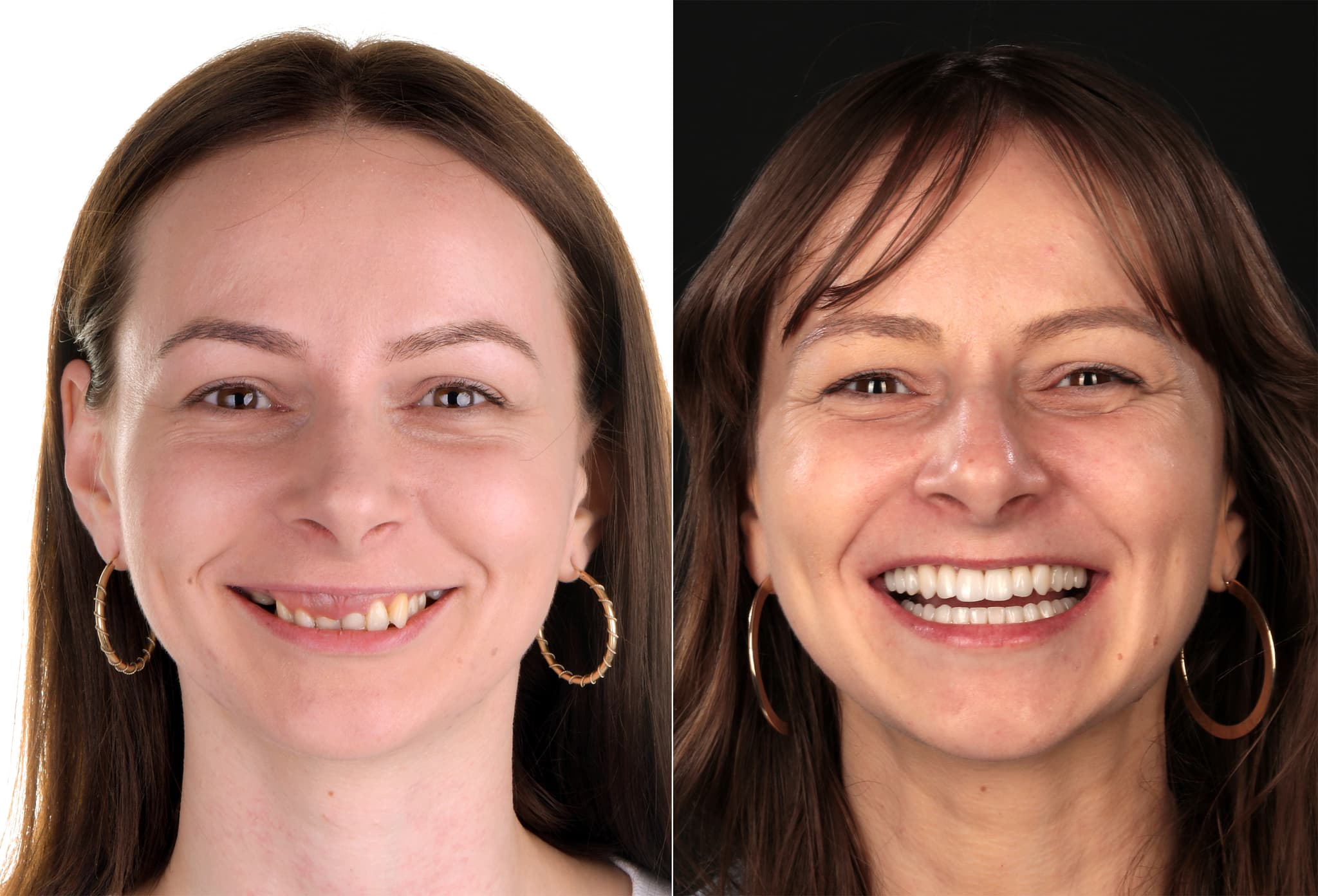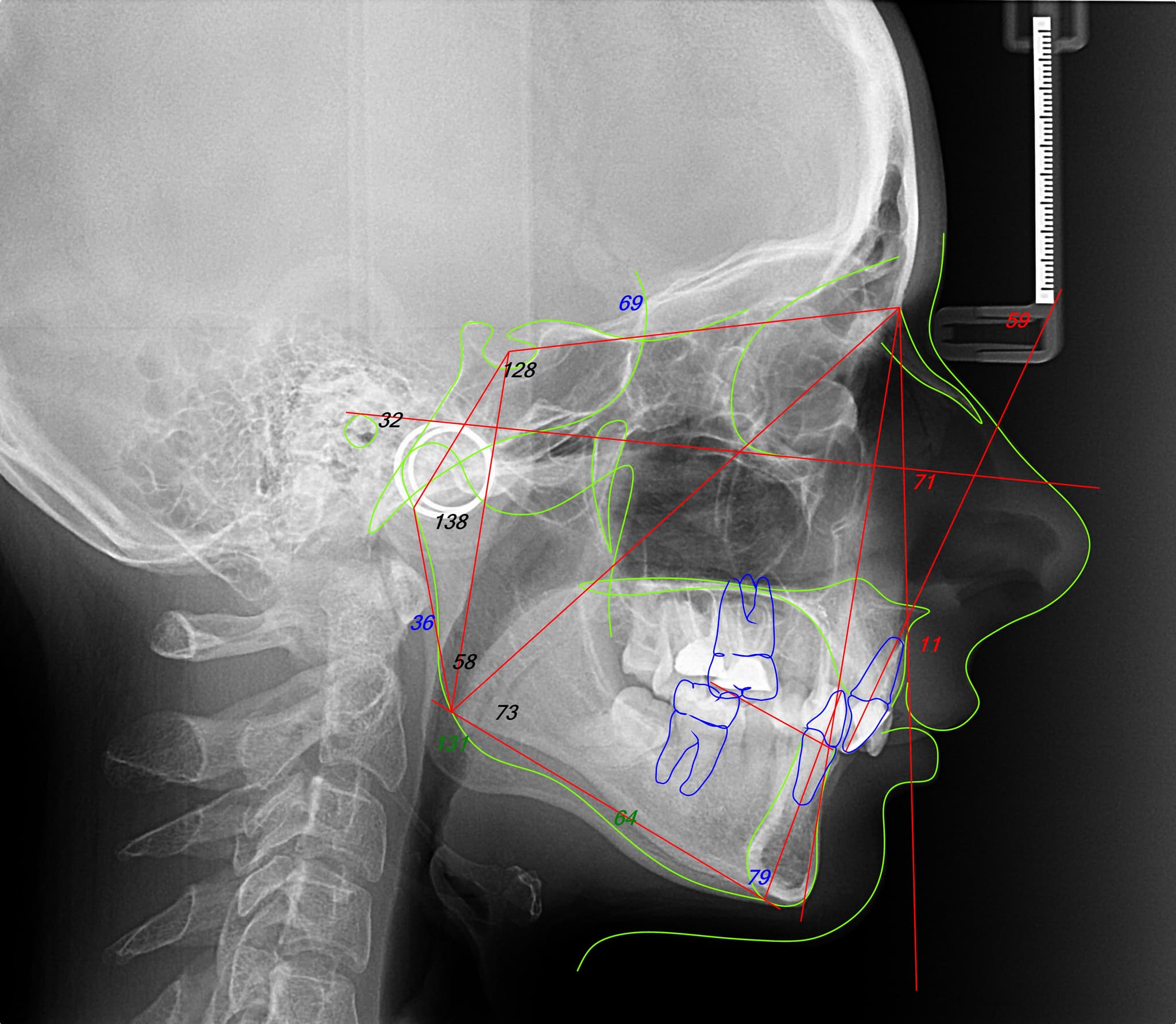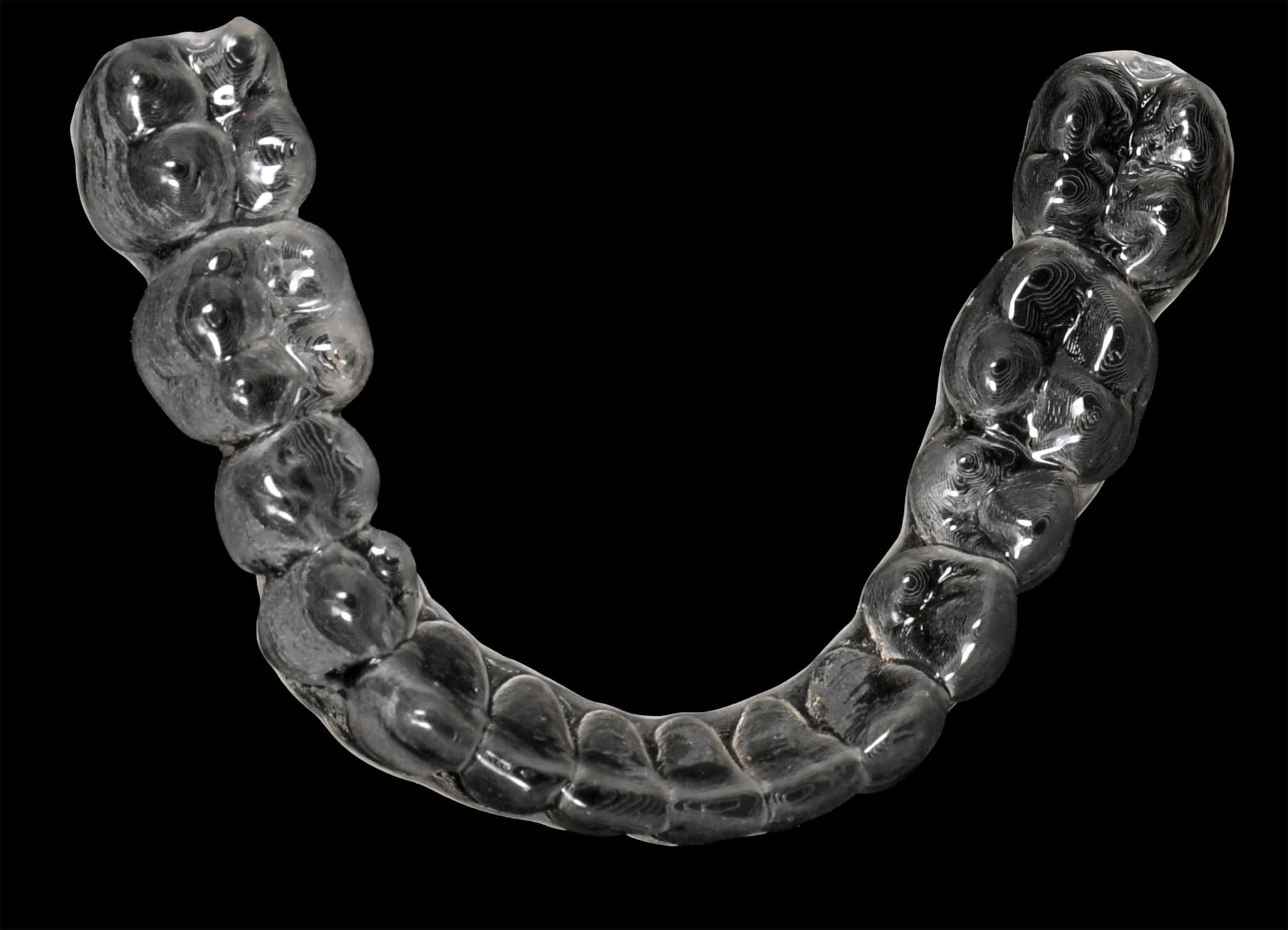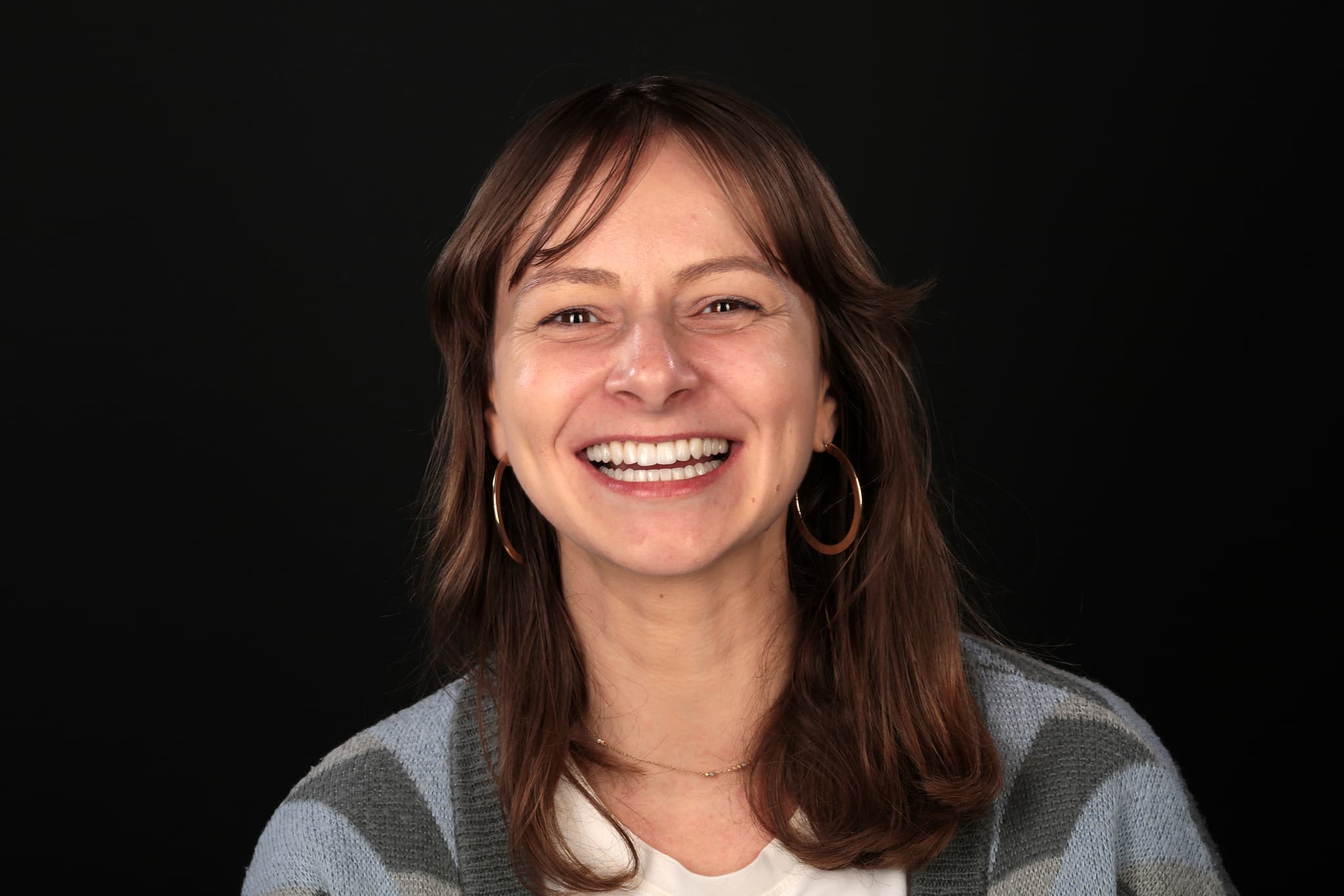
A Straighter Smile, Aligned with You
Alignment that respects esthetics, function, and identity.
Orthodontic treatment at Dentcof is not about chasing perfect lines or uniformity. It’s about harmonizing teeth with facial features, function, and long-term oral health. Whether it's clear aligners or fixed braces, every case starts with a full facial and functional analysis to ensure the result enhances—not alters—your identity.

1. Diagnostic and Planning
Design before movement.
Each orthodontic case begins with a complete digital analysis: facial photos, bite scans, and jaw position. From there, we build a single interdisciplinary plan, aligning orthodontics with the broader treatment goals—be it prosthetic, surgical, or periodontal. This layered but unified approach ensures that every movement serves a long-term, integrated outcome.
learn more about treatment planning

2. Active Treatment Phase
Movement with purpose.
Once the plan is validated, we begin the active treatment phase. Whether using aligners or fixed appliances, every step is informed by the final design. We move teeth to reduce the need for prosthetic intervention, align gingival levels for future esthetics, and sometimes use implants as anchorage for faster, more efficient results. The goal is to minimize invasive work and maximize synergy.

3. Finishing and Retention
From motion to stability.
After achieving the final position, we refine details like midlines, contacts, and smile arc. Retainers are designed based on the final digital blueprint. Because the full case is archived, future adjustments or restorations remain consistent with the original design—years later.
I’mperfect – A Different Kind of Perfect
Natural. Personal. Timeless.
In orthodontics, natural identity often preserves itself. Since teeth remain largely untouched by restorative materials, their original character stays visible. That’s why the “I’mperfect” philosophy fits so naturally here. We don’t chase artificial symmetry or a universal standard of beauty. We plan treatments that respect individuality and guide natural features with intention.
And when restorative work is needed, we fill only the gaps—subtly, strategically—to preserve the original proportions, rhythm, and character. The goal isn’t perfection—it’s authenticity.
Learn more about our design philosophy

Integration, Not Isolation
Orthodontics as part of a bigger picture.
At Dentcof, orthodontics is rarely a standalone discipline. It's part of a connected process that brings together surgery, prosthetics, soft tissue management, and design. We move teeth not just for alignment, but to support more conservative prosthetics, balanced occlusion, and ideal soft tissue architecture.

Designed Around the Face
Facially driven planning.
We never treat teeth in isolation. Your facial structure, expressions, and muscle dynamics shape the entire orthodontic plan. This allows us to move teeth with intention, aiming for harmony instead of mechanical perfection.
Technology-Enhanced Precision
From planning to retainers—all digital.
Using digital impressions, simulations, and 3D planning tools, we improve accuracy and predictability across every stage. This ensures a more comfortable treatment and allows easy future corrections, if needed.
You See the Outcome Before We Start
Visual clarity, clinical confidence.
Before moving any tooth, you see the projected outcome—in 3D and on your face. This helps align expectations and allows you to understand the full plan from the beginning.
Orthodontics – Frequently Asked Questions
What type of orthodontic treatments do you offer?
We offer both clear aligners and fixed braces, depending on the complexity of the case and patient preferences. All treatments are digitally planned and guided by facial analysis.
How long does treatment take?
Treatment time varies depending on the complexity. Most cases range between 6 months and 2 years. A detailed timeline is provided after your initial consultation.
Are clear aligners as effective as braces?
In many cases, yes. Aligners can be just as effective as traditional braces, especially when treatment is digitally guided. Complex cases may require hybrid or fixed solutions.
Is orthodontic treatment only about esthetics?
No. While improving the appearance of your smile is important, orthodontics also addresses bite function, long-term stability, and oral health.
Will it be painful?
Some discomfort is normal, especially when appliances are adjusted. However, most patients adapt quickly. We aim for minimal discomfort through staged and controlled movement.
How much does orthodontic treatment cost?
Cost depends on treatment type, duration, and complexity. After your clinical assessment, we provide a clear, personalized treatment plan.